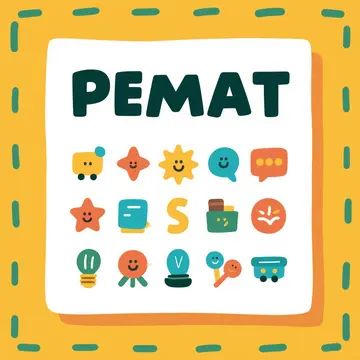?? Introduction
In 2024, Google made headlines in the music technology world with the release of Music AI Sandbox — an experimental platform that blends AI with music creation. As AI tools continue to redefine how we compose, produce, and remix music, Music AI Sandbox emerges as a frontrunner in this transformation. But what exactly is it? Who is it for? And how can it change the way we create music?
In this post, we'll cover everything you need to know about Google Music AI Sandbox, backed by real-world examples, and insights into how it compares with other AI music platforms.

?? What is Google Music AI Sandbox?
Music AI Sandbox is an experimental AI tool developed by Google DeepMind that allows users to generate music using text prompts, edit audio using natural language, and creatively manipulate sound in new ways.
Think of it as a sandbox where musicians, producers, and content creators can:
Transform vocal styles
Generate beats from text
Isolate or remix instrumentals
Prototype songs in minutes
Google designed it in collaboration with professional musicians to ensure it's artist-friendly and doesn’t compromise musical integrity.
?? Key Features of Music AI Sandbox
Here’s a breakdown of the core features of Google Music AI Sandbox:
?? 1. Text-to-Music Generation
Users can type in prompts like "lo-fi hip hop beat with jazz saxophone" and get AI-generated audio that fits the description.
?? 2. Vocal Transformation
Artists can modify vocal timbre or add vocal effects (like reverb, autotune, or harmonies) with simple text instructions.
?? 3. Style Transfer
Want your track to sound like it’s from the 1980s? AI can mimic era-specific styles or even known genres like K-pop, EDM, or classical.
?? 4. Real-Time Audio Editing
Use natural language to stretch, shift, or morph sound — no need for DAW complexity.
?? Real Case Study: Google x Wyclef Jean, Justin Tranter & Marc Rebillet
To showcase the potential of the Music AI Sandbox, Google partnered with high-profile artists including:
Wyclef Jean (Grammy-winning producer)
Justin Tranter (Songwriter for Selena Gomez, Dua Lipa)
Marc Rebillet (Improv musician and viral performer)
?? What They Did:
Used AI to prototype entire song structures.
Altered vocal tones to explore different emotional ranges.
Generated background instrumentals to support lyrical ideas.
?? Takeaway:
This collaboration proved that Music AI Sandbox isn’t just a gimmick — it’s a serious tool for professional-grade creativity.
?? Ethical Use & Ownership
As with all generative AI tools, questions around music rights, copyright, and originality are top of mind.
Google states that:
Outputs from Music AI Sandbox are meant for creative exploration.
Artists involved retain rights over their creations.
The AI is trained ethically and responsibly, not directly on copyrighted material.
Still, creators should treat Music AI Sandbox as a co-creation tool — not a full replacement for artistic skill.
?? How Does It Compare to Other Music AI Tools?
| Feature | Google Music AI Sandbox | Suno | Udio | Amper |
|---|---|---|---|---|
| Text-to-Music | ? | ? | ? | ? |
| Real-time Editing | ? | ? | ? | ? |
| Style Transfer | ? | ? | ? | ? |
| Collaboration with Artists | ? | ? | ? | ? |
| Target Audience | Pro musicians & creators | General | General | General |
Verdict: Google Music AI Sandbox currently leads in creative control and real-time flexibility.
?? The Future of Music Creation with AI
With Music AI Sandbox, Google is shaping a future where AI becomes a musical collaborator, not just a tool. The platform is still in its early phases but already shows enormous potential for:
Songwriters looking for inspiration
Producers building quick demos
Content creators needing music without licensing issues
As the technology matures, we can expect deeper DAW integrations, more genre-specific models, and even real-time live performance AI tools.
?? Final Thoughts
Google Music AI Sandbox is a groundbreaking innovation in the world of generative audio. Whether you're an indie artist or a professional producer, understanding and leveraging this tool can supercharge your creative workflow.
If you’re serious about exploring AI-powered music, now is the time to step into the sandbox.
?? TL;DR
Music AI Sandbox is Google’s generative AI platform for music creation.
Features include text-to-music, vocal transformation, and style transfer.
Used by top artists like Wyclef Jean and Justin Tranter.
Great for rapid prototyping, creative remixing, and real-time audio editing.
